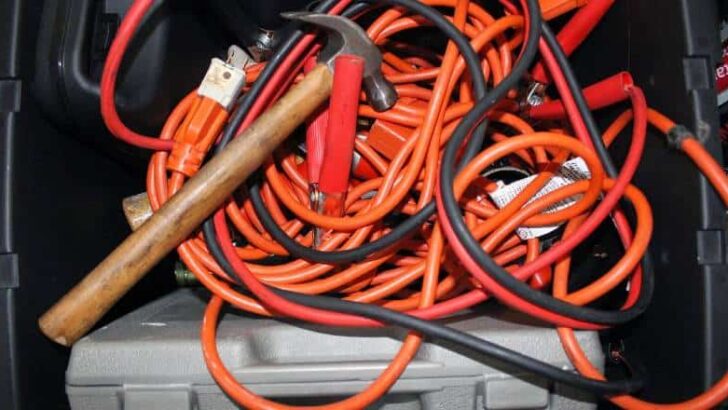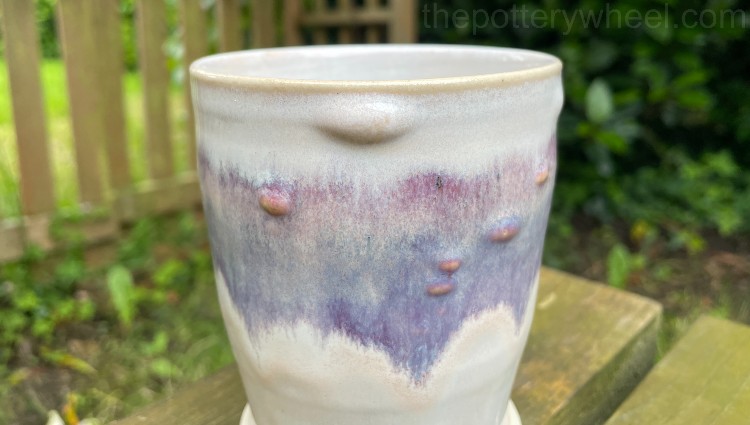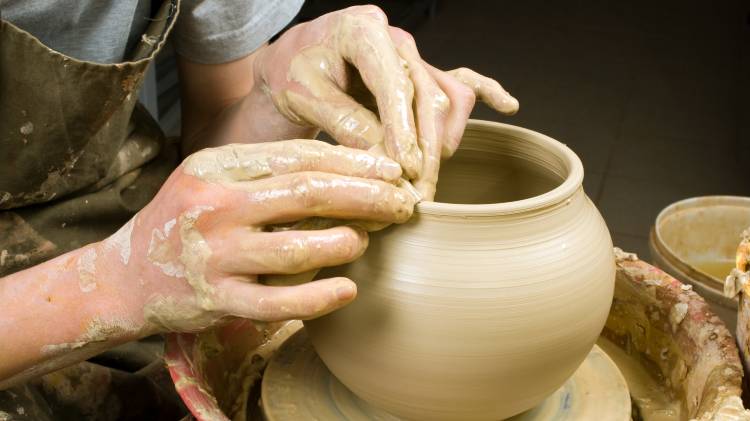Some kilns need to be wired directly into an electrical supply. Other kilns can be plugged in using a standard domestic plug. If you are using the latter, you may be wondering if you can use an extension cord with a kiln. This article is about the do’s and don’ts of using an extension cord with a kiln.
Kilns can be demanding when it comes to electrical consumption. However, you can use an extension cord with a kiln, provided a number of safety measures are observed. You will need to use a heavy-duty extension cord that meets the kiln’s requirements. Consultation with an electrician is always recommended.
There are important aspects regarding electric kilns that you will need to know about before installing and using your kiln. For instance, you need to be aware of the voltage, phase, and amperage before matching the kiln. This article will describe how you can use an extension cord with a kiln, provided you meet all the guidelines.
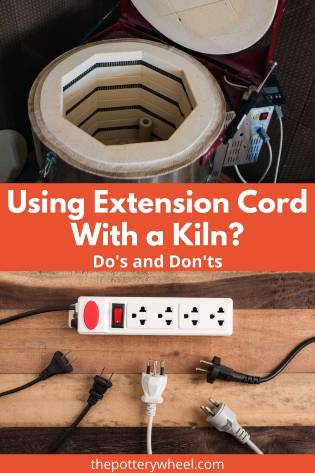
Using an Extension Cord with a Kiln
When weighing up the pros and cons of using an extension cord with a kiln, the first thing to look at is your electrical supply.
Your Electrical Supply
The power consumption of a kiln is mainly dependent on its size and design. The bigger and more complex a kiln is, the more power it consumes.
Small kilns that use a standard household outlet of 120 volts draw somewhere between 1.5 and 1.8 kilowatts of electricity. Medium-sized kilns will draw somewhere between 5 and 8 kilowatts. Larger kilns require up to 11 kilowatts of power.
Thus, it is essential to know what size and design of kiln will match your home’s voltage, amperage, and phasing.
Voltage
Your kiln should always be matched to the correct voltage to avoid electric mishaps. The voltage of an electrical system can be thought of as the amount of pressure the electricity is under in the circuit (source). Most residential settings have electrical services of 240-volts, and industrial settings, of 208-volts.
The majority of electric kilns are wired for 240-volt and 208-volt electrical systems. You should be aware of the electrical service that you are matching your kiln to. Fluctuation in the electrical service will affect your kiln’s performance and shorten the lifespan of your extension lead.
Amperage
You should ensure that there is enough amperage for your kiln to operate optimally without posing dangers.
Keep in mind that a kiln’s power draw fluctuates during firing. And your electrical supply must have more amperage than the kiln requires at the peak of its draw. If a kiln is rated to draw 24 amps, the circuit should provide at least 48 amps.
If the amperage available is not enough for your kiln to run, consider adding more amperage to the current service.
Phasing
Depending on the wiring used, a building may have single, double, or three-phase wiring. Ensure the kiln is matched with the correct phase wiring. For instance, a building with dual-phase wiring cannot accommodate a three-phase wiring kiln. However, a three-phase wiring kiln can accommodate a double-phase wiring kiln.
Using an Extension Cord with a Kiln – Do’s and Don’ts
Seeing that kilns demand a lot of electrical power to function optimally, it is advisable to use heavy-duty extension cords. Light duty cords will not be able to handle the energy and will probably malfunction, causing a lot of damage.
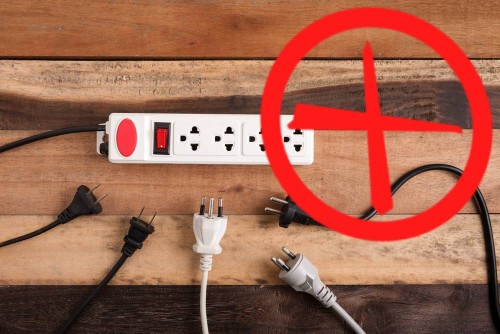
For starters, you should know how many amps your kiln takes and purchase an extension lead that will handle it. The following are the guidelines you should adhere to so as to safely use an extension cord:
- It should not be very long- the recommended length by electric experts is 5 meters and below.
- Do not coil the cord. If it is too long- consider a shorter length instead.
- Avoid daisy-chaining at all costs; this is the act of connecting several cables to make one long one- it is much safer to get a single long extension lead instead.
- If daisy chaining is absolutely unavoidable, ensure that you do not connect more than three extension cords in one chain, end to end.
- Inspect the cord every now and then to ensure that it is in good working condition. If not, repair it as soon as possible.
- Before removing the plug, check to ensure that the power supply at the socket is switched off. Also, a three-prong plug is highly recommended for powering a kiln.
- If you notice cracks or any signs of stress on the plug, carefully unplug it and arrange for a replacement immediately.
It is important to remember that an extension cord’s current carrying capacity reduces as the cord gets longer. Thus, to attain maximum current, keep the cord as short as is safe and practical.
Installation of Electric Kilns
Make a point of consulting with a licensed electrician before purchasing or installing an electric kiln. Your electrician should test the electrical service to establish what your system can handle in terms of voltage and amperage. It is also important to select the room or location that you will install your kiln at this point.
A basement or a garage is a popular location for a kiln, provided there is enough ventilation. See to it that the floor is concrete and that there is a safe distance between the kiln walls and the room walls. Also, ensure that the area around the kiln is clear. Most importantly, keep flammables as far away from the kiln as possible.
If you are planning on using your kiln frequently, then it is safer to install wall sockets. Besides being safer, you will be able to access power right from the source. Furthermore, if you have other appliances to plug in, like your pottery wheel, it is best to install more sockets.
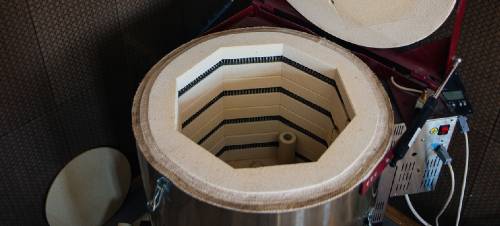
This will help you avoid overloading your electrical supply. And you won’t have to use an extension cord with a kiln repeatedly. Always remember to involve a qualified electrician when making electrical changes in your home.
Final Thoughts
It is possible to use an extension cord with a kiln provided safety and installation guidelines are observed. As mentioned in the article, electricity can be dangerous and has the potential to claim lives within seconds. Therefore, is it highly advisable that you follow all the necessary steps before installing a kiln in your house. Better yet, involve a qualified electrician every step of the way.

